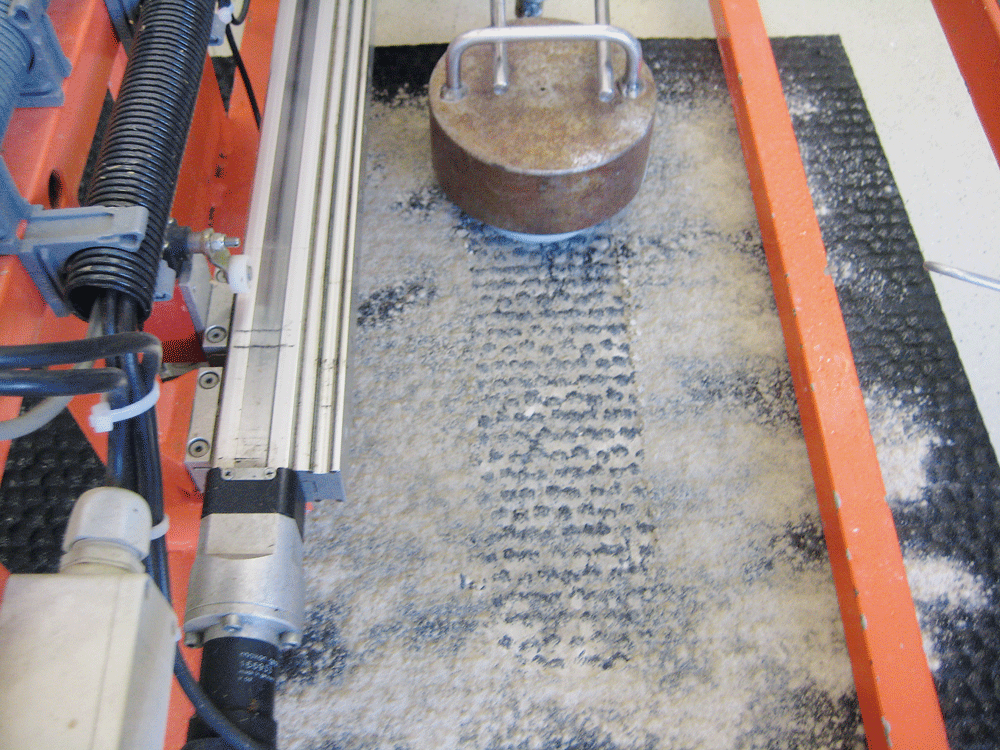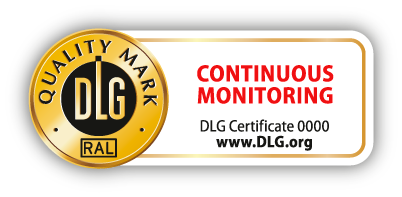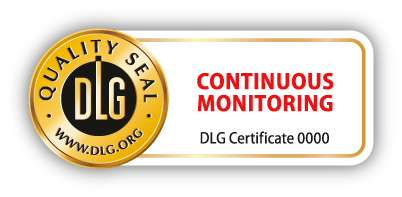DLG: Continuous high quality
By Dr. Michael Eise
Testing of agricultural input materials by the DLG has just as long a tradition as the testing of machinery and implements by the organisation, the first example of which featured a box fertiliser spreader in 1888. At the same time, quality of the numerous fertilisers coming onto the market began to be examined. The DLG fertiliser department in the first years, under the chairmanship of Albert Schulz-Lupitz, was feared by those in the market. A committee of farmers, fertiliser manufacturers and agricultural chemists monitored fertiliser marketing standards, established good trading practice protocols and identified any abuses. In those days, public warnings of doubtful, or sometimes even worthless, material, were certainly part and parcel of general communications.
Positive list of monitored products
Nowadays, products are placed in a positive list following successful passing of acceptability tests, and remain there as long as the respective manufacturers participate in continual product monitoring. Background to this continual product control is the fact that farm inputs are manufactured in batches which are used up within a relatively short period. Thus, only regularly repeated sampling at the factory, dealership or on the farm can reliably determine whether a uniformly high quality is continuously produced according to the predetermined DLG standards. These required quality standards orient themselves on the demands of practical agriculture as well as reflecting the latest scientific knowledge.
DLG Seal of Approval and DLG Quality Label
Among the tested products are compound feeds including concentrates and mineral feed, udder hygiene products, cleaning materials and disinfectants, silage additives, as well as livestock housing disinfectants. All these carry a DLG Quality Label with the backing of the German RAL voluntary quality control system. Lime, plant substrates, compost, products for hoof care and hygiene, livestock bedding powder, additives and lubricants, as well as cleaning and disinfectant materials for the food production sector carry, on the other hand, the DLG Seal of Approval. Determining suitability for bearing both quality signs is based on a similar approach. However, the respective criteria and standards for each sign of approval differs according to product group.
Combined test expertise
In increasing demand are farm inputs that need knowledge of more than a single expert source for determining quality. For instance, diesel additives and lubricants are tested based on the proven very practically-relevant requirements of the DLG PowerMix system. Or the acceptance test for hygiene bedding powder, e.g., with flooring skid-resistance properties, is conducted under components from the technical testing of flooring materials for livestock.





